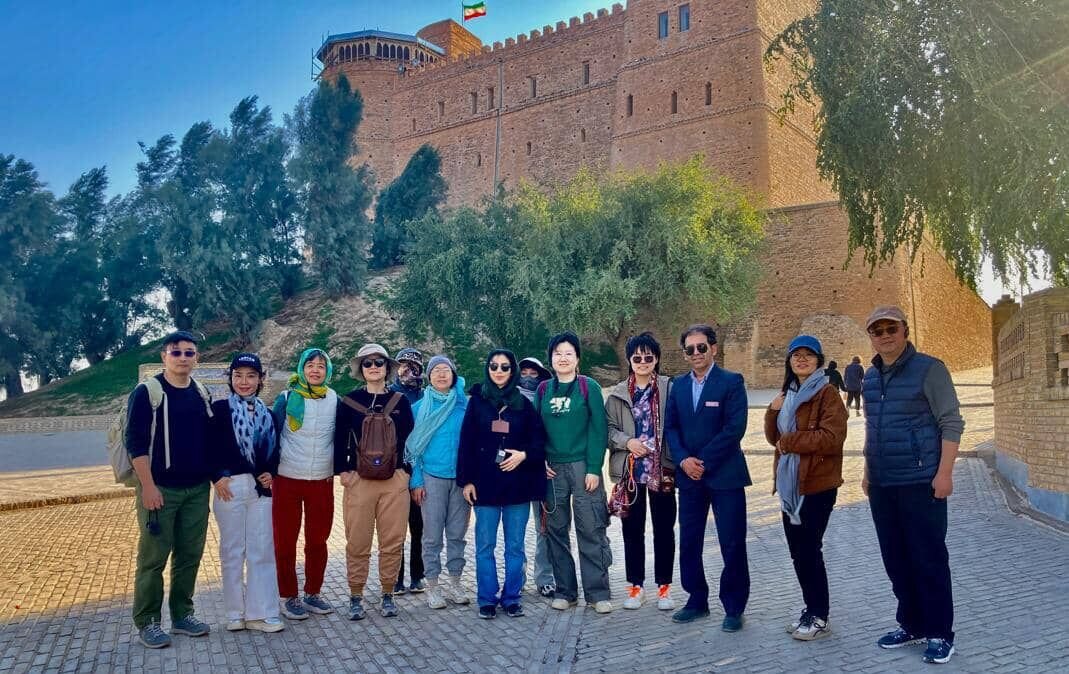Chinese archaeologists visit Susa’s World Heritage site

TEHRAN – On Thursday, a group of Chinese archaeologists, professors, and students visited the UNESCO World Heritage site of Susa in southwest Iran, gaining insights into the region's rich history, civilization, and unique historical artifacts.
According to IRNA, a 12-member delegation comprised of Chinese archaeologists, history, and art professors, and students embarked on a one-day visit to Susa. During their visit, they explored Susa’s vast cultural heritage museum and its archaeological sites.
In recent years, the expansion of cultural and economic relations with China has led to an increase in the number of Chinese tourists visiting Iran and Susa.
Weeks ago, Chinese ambassador to Tehran, Chang Hua, visited Khuzestan, where he toured the UNESCO-registered ziggurat of Tchogha Zanbil, the museum, and the heritage site of Susa, as well as the tomb of Daniel the Prophet.
During his visit, Chinese envoy expressed hope that with effective promotion, more Chinese tourists would be drawn to Khuzestan, further enhancing tourism exchange between the two nations.
Situated between the Karkheh and Dez rivers in southwest Iran, Susa was once one of the most important and glamorous cities of the ancient world. Susa, which has been inhabited for thousands of years, embraces several layers of superimposed urban settlements from around the late 5th millennium BC until the 13th century CE.
The ancient town served as the capital of Elam (Susiana) and the administrative capital of the Achaemenian king Darius I and his successors from 522 BC.
Susa was once part of the historic kingdom of Elam between Babylon and ancient Persia as the lower Zagros Mountains of Persia descend into the Mesopotamian region.
AM
Leave a Comment